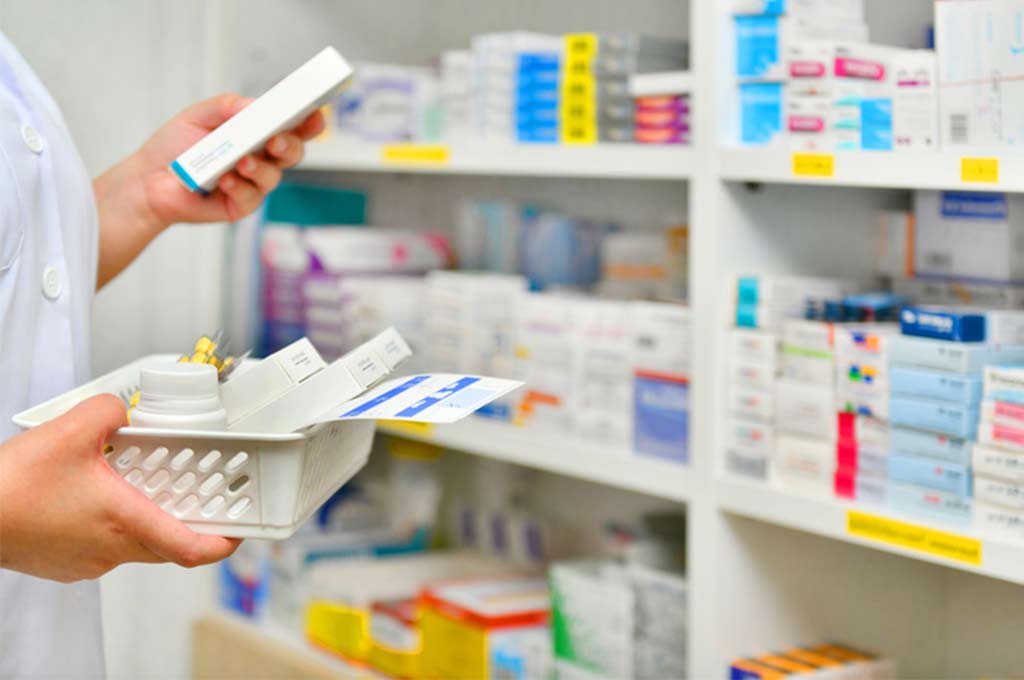
IESE Insight
To promote or not to promote? The mixed fate of branded drugs when generics arrive
Should firms marketing branded drugs give up on promotion once generic alternatives enter the market?
Every major pharmaceutical company, from vaccine developers to makers of blockbuster drugs like Ozempic, faces a key challenge: after investing millions in R&D and marketing, what happens when a drug’s patent expires, opening the door to generic competitors?
This challenge exposes a significant need to maintain market share and profitability, and responses vary widely.
Some companies choose to scale back or halt investing in promotion even before the patent expires. For example, Eli Lilly and Company, better known as Lilly, reduced its sales force ahead of the patent cliff of its blockbuster drug Cymbalta.
Others double down. Pfizer continued promoting its cardiovascular medication Lipitor for six months post-generic entry, in the hope of lowering the impact of generic competition on the drug’s $10 billion in annual sales.
A paper by IESE professor Vardit Landsman, with Vijay Ganesh Hariharan and Stefan Stremersch of Erasmus University of Rotterdam, examines the strategies and key success factors for branded products facing generic competition. They found that effective promotion remains crucial.
Adapting tactics to counter generic entry
One of the primary tactics used to promote pharmaceutical products is “detailing” — a process where pharmaceutical sales reps promote drugs directly to physicians. Following generic entry, companies use detailing to persuade physicians to continue prescribing their branded drug, despite the availability of lower-cost generics.
Detailing strategies typically involve two main decisions: setting an overall detailing budget and determining how to allocate this budget across physicians.
The authors analyzed the detailing strategies for 72 brands facing generic entry, three years before and three years after generic competitors became available for each brand.
Leveraging a unique dataset that included monthly sales, prices and promotion investment information on the 72 brands and their competitors, the authors estimated econometric models and found that:
- Most companies reduced detailing budgets post-generic entry, down to an average of 57% of pre-generic levels.
- 1 in 6 brands actually sees an increase in its detailing budget post-entry.
- Only 24% of the physicians targeted before generic entry still receive detailing efforts after. Those selected are likely to drive the higher returns.
- Per-dollar revenue ROI on detailing rises from an average of $1.20 pre-entry to $3.20 post-entry, with 12-month ROI showing even greater gains, climbing from $4.30 to $14.50. Firms that strategically reallocate detailing efforts post-generic entry, focusing on physicians who frequently prescribe their branded drugs, achieve greater ROI improvements.
Don’t give up on promotion after generic drug entry
Companies that concentrate detailing efforts on physicians with strong brand loyalty see greater ROI gains compared with those that don’t — suggesting a targeted allocation strategy can support branded sales even after generic entry.
This is a lesson many pharmaceutical marketers could stand to learn, given that many firms in the sample implemented only a minor reallocation of detailing visits. This research suggests they can boost detailing ROI by focusing efforts on physicians with higher brand preferences.
Implications for marketing professionals — and for society
Marketers in the pharmaceutical industry can leverage these findings to recognize that maintaining but strategically reallocating detailing budgets can significantly enhance return on investment. Policymakers may likewise find use in this research, from the opposite perspective.
Over the past decade, increased use of generics in the U.S. has saved healthcare payers around $2.4 trillion. Research suggests Medicare could save $1 billion annually if physicians shifted from branded drugs to available generics. Each brand could represent an average savings of $12 million if detailing post-generic entry were prohibited. Detailing aimed at sustaining branded prescriptions can therefore impose expenses on healthcare systems and patients, and policymakers may wish to consider capping or restricting detailing for drugs facing generic competition.
Methodology
The authors examined 72 brands and their competitors over a six-year period — three years before and three years after generic entry — using a custom-built dataset with comprehensive information on aggregate sales, prescriptions and promotional budgets, including physician-level data on “detailing” visits and prescription behaviors for 25 of the brands.
READ ALSO:

